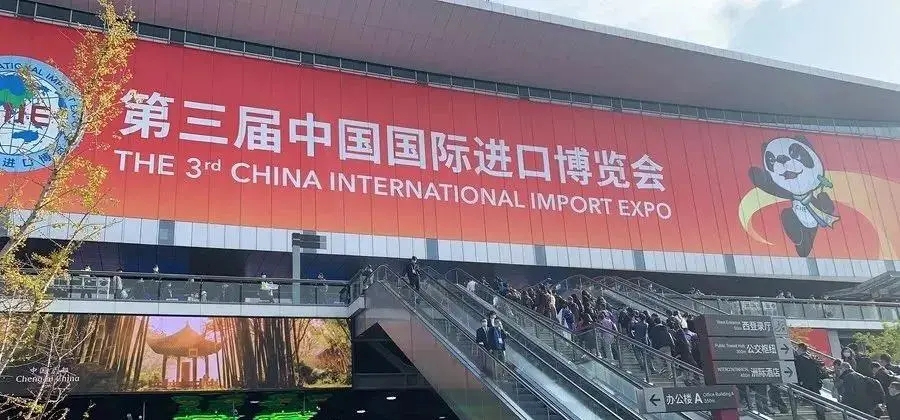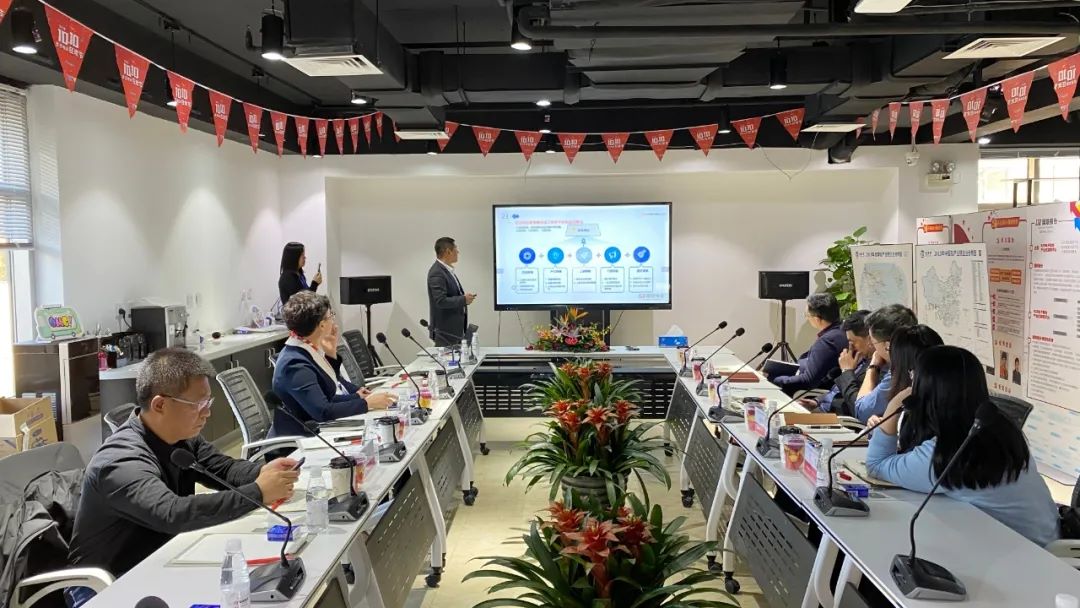In-depth analysis of Michelin's first quarter performance in 2025: Challenges and opportunities coexist
On April 24, 2025, Michelin released its first quarter financial report. Data showed that due to the decline in supporting business in Europe and North America, its overall sales fell by 1.9% year-on-year to 6.515 billion euros (about 53.9 billion yuan). Although the global economic environment is full of uncertainty due to factors such as geopolitical conflicts, Michelin still adheres to the established strategic guidelines for 2025 and continues to promote the steady development of global tire and non-tire businesses.

1. Sales volume is under pressure, and market segments are differentiated
In the first quarter, Michelin faced severe challenges in tire sales, with total sales from January to March falling by 7.3%. However, with an effective pricing strategy, the decline in its total sales was controlled, falling by only 1.9%.
From the perspective of market segments, the truck tire market and the off-road tire market have suffered heavy losses. Truck tire sales fell 8.9% year-on-year, resulting in a 3.5% drop in sales to 1.529 billion euros (12.7 billion yuan); off-road tire and non-tire business sales fell 9.6%, and specialty tire sales fell 7.3% to 1.427 billion euros (11.8 billion yuan).
Relatively speaking, the passenger car, light truck and two-wheel tire markets performed slightly more resilient. Affected by the sluggish automobile market, although the sales of supporting business fell 3.3%, sales rose 1.2% against the trend to 3.559 billion euros (29.4 billion yuan). This is due to Michelin's advantages in product quality and performance, as well as the improvement of transport fleet services, which has enabled it to perform well in the global tire replacement market. Yves Chapot, general manager and chief financial officer of the group, pointed out that the global market was generally stable this quarter, with a 4% increase in the passenger car, light truck and two-wheel tire replacement markets, and truck tire replacement sales remaining the same as the same period last year, which effectively cushioned the impact of the decline in supporting business.
Second, regional market differences are significant, and the Chinese market has become a growth engine. The downward trend of supporting business has continued since the second half of 2024. In the fields of passenger cars, light trucks and two-wheeled vehicles, European and American markets have seen a year-on-year decline of 13% in sales and 8% in North America due to a decrease in new car orders and an increase in supporting price negotiations.
On the other hand, in the Chinese market, Michelin's supporting sales have grown strongly, achieving a 10% increase, driven by the dual benefits of new car consumption subsidy policies and the recovery of market demand. In the truck tire supporting market, it also achieved a 3% increase. Michelin continues to optimize its production capacity layout in China. Through the strategy of "market, product and global multi-point production capacity layout", it has set up factories around the market, effectively promoting localized operations to cope with the complex and changing business environment in 2025.
Third, the US production capacity layout is prudent, and tariffs should be observed.
In a conference call with investors, Michelin's chief financial officer responded to the overall sales strategy for 2025. In response to the increase in US tariffs, whether Michelin will follow suit and raise prices remains to be seen.
Talking about the issue of North American capacity expansion that investors are concerned about, Michelin made it clear that the construction of tire factories is a long-term project and it is difficult to complete in the short term.
Currently, Michelin has 35 factories in the United States, 20 of which are involved in the tire business. 70% of its products sold in the United States are produced locally. Of the remaining 30%, 15% come from Canada, 5% from Mexico, and the remaining 10% come from other parts of the world. This capacity layout structure reflects Michelin's strategic planning and operational strategy in the North American market to a certain extent.
- Domestic PCR market: TBR trend gradually emerging902
- In-depth analysis of Michelin's first quarter performance in 2025: Challenges and opportunities coexist990
- Analysis of the impact of the US tariff reversal on the Chinese tire market1075
- New energy tire industry has bright prospects but many challenges913
- Light truck sales soar, tire industry ushered in a new trend972









